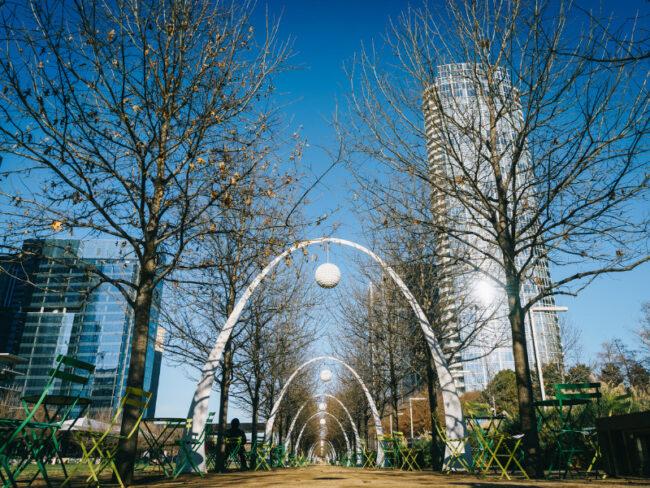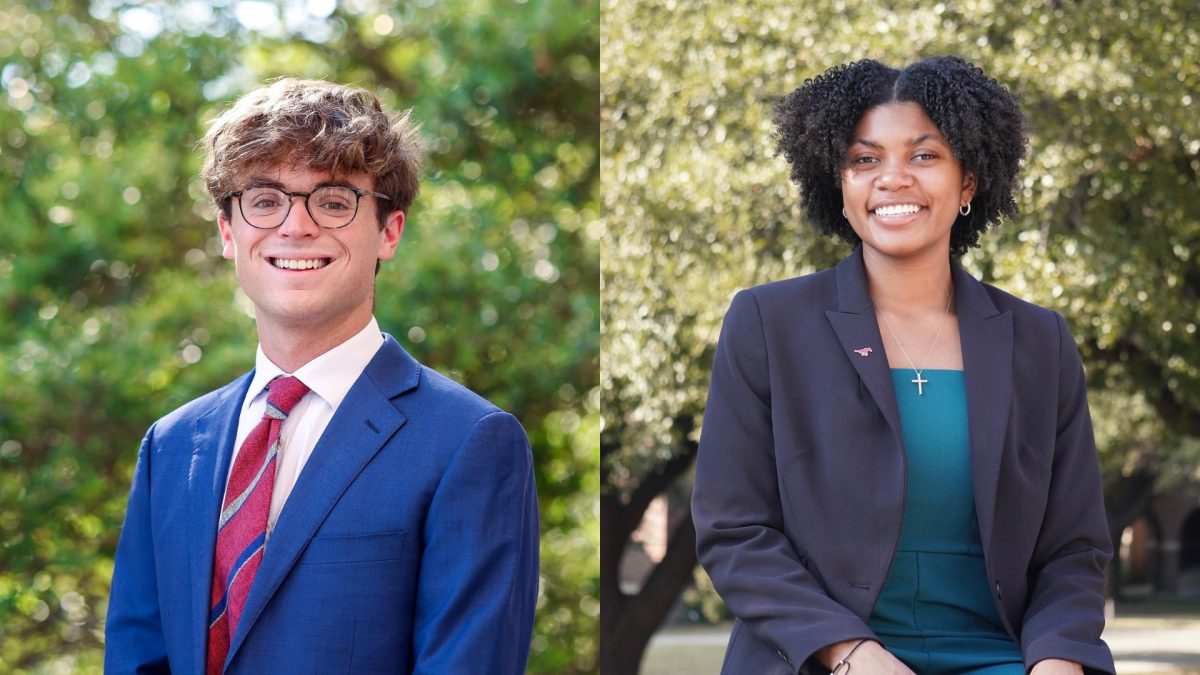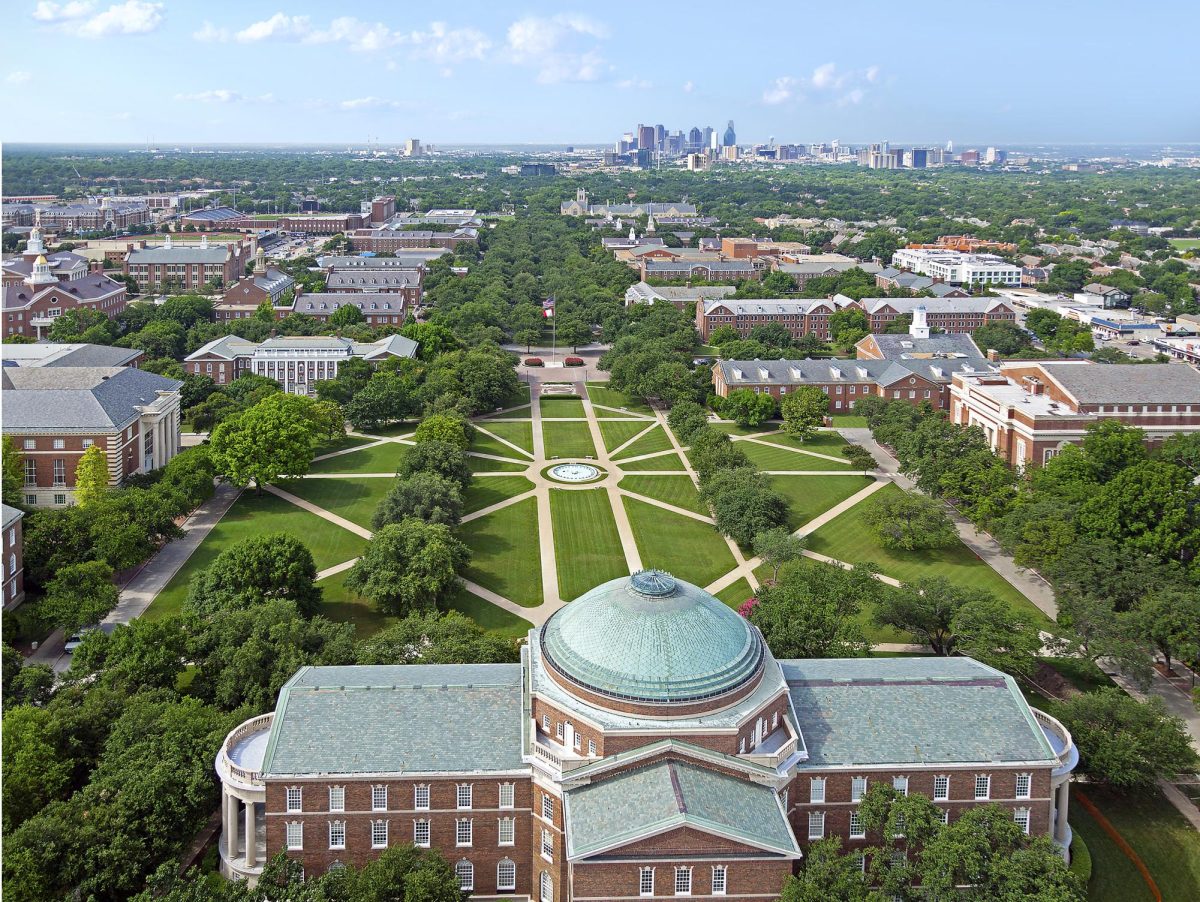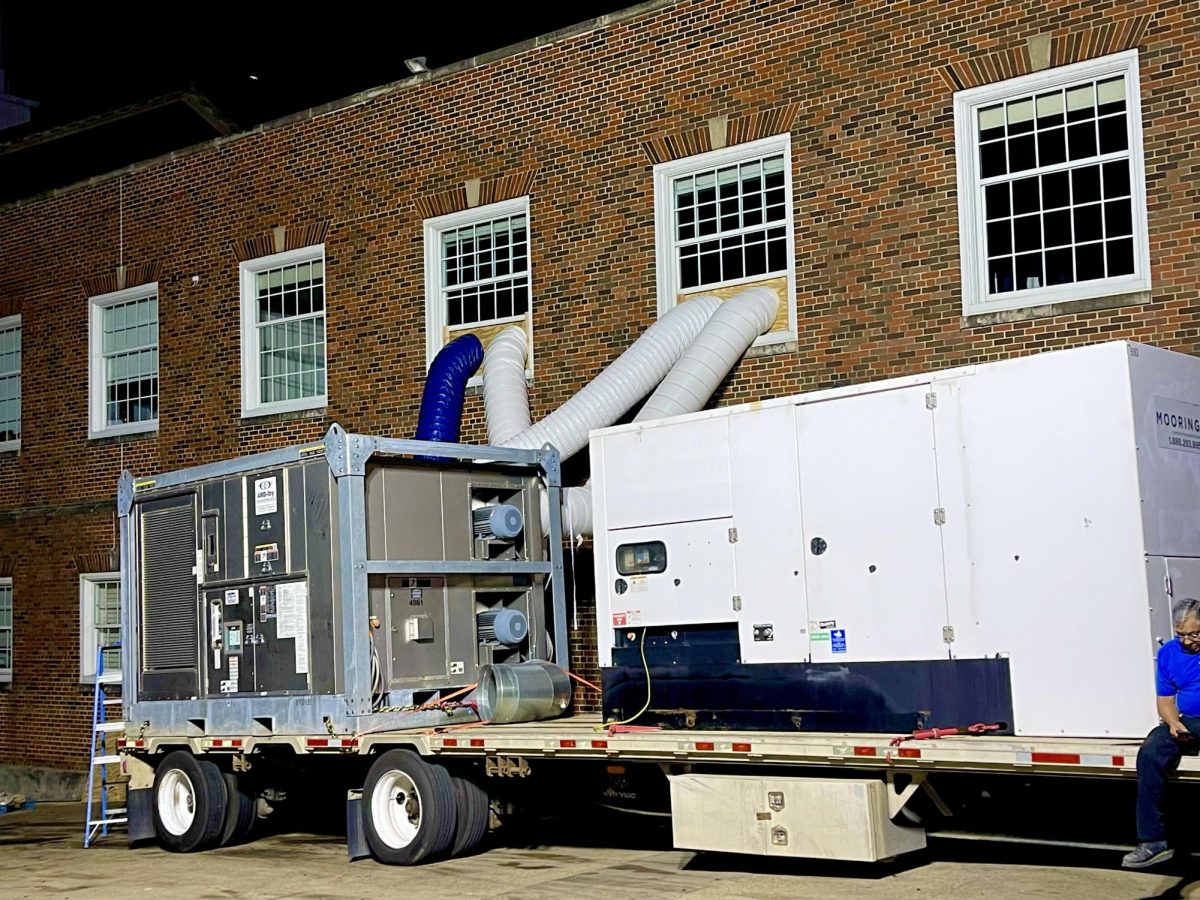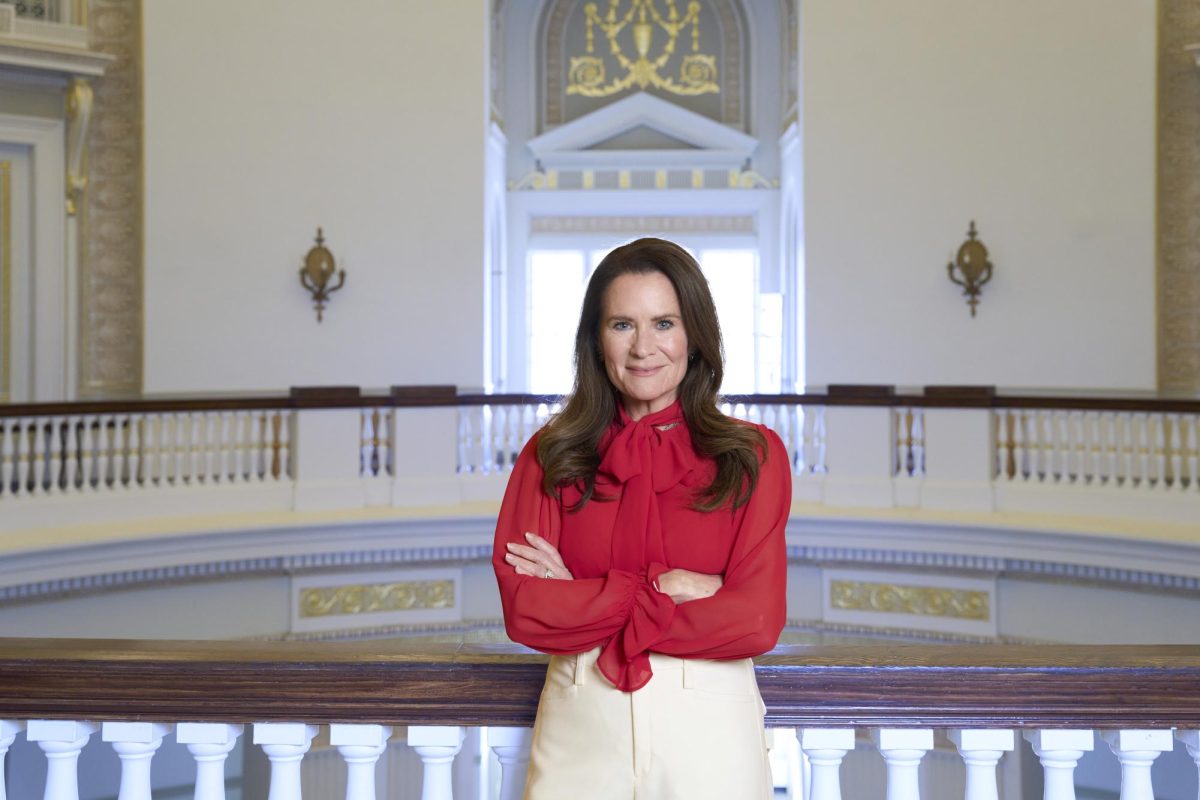Sitting on the outside patio of Ellen’s, Marla Watson, the head of marketing for the famous southern diner, admires families, employees, and couples gathered to eat their boxed lunches on the wooden benches of West End Square Park.
The “next-generation park” which opened this past March, is designed with large porch swings hung from a steel shade structure that wraps around three sides of the park, a 50-foot-long table fitted with charging stations and Wi-Fi, and an interactive water table.
“We love the atmosphere of the park,” said Watson. “It has turned into our own outside waiting room.”
For a city that used to be ruled by concrete, Dallas is exploding with trees, residents, restaurants, schools, and more as downtown parks are transforming the urban landscape of the city from a sleepy office community of 200 residents to over 13,000 residents today.
The parks are changing how people are living. Since Klyde Warren Park opened over a downtown overpass, 2 million square feet of offices and 1,500 apartments and condos have been built in the area, and to accommodate the growing number of families, DISD announced plans for a new K-12 school.
This expansion is exploding outside of the urban core to places like Oak Cliff raising the area’s property taxes. This effect is seen across the nation such as in New York City where the creation of the High Line spurred a real estate boom.
“We needed green space and schools to complete the puzzle to really make a robust experience downtown where you can live, work and play,” said Amy Meadows, CEO of Parks for Downtown Dallas.
The year 2002 was a big wake-up call for the city as Boeing chose Chicago over Dallas for its new headquarters location because downtown lacked livability.
Two years later, the Downtown Parks Master Plan was created by city officials to help infuse a new vision and investment in the core of a city that was not seen as a pedestrian-friendly place.
“The vision was to support a significant increase in parks and public spaces to benefit residents, citizens, and visitors,” said Arturo Del Castillo, chief planner for the city of Dallas.
Main Street Garden opened in 2009 as a neighborhood park and started downtown Dallas’s transformation.
Belo Garden (renamed Civic Garden) came in 2011 to also serve as a neighborhood park for the local office tenants, residents, and visitors.
At the same time, Klyde Warren Park over Woodall Rodgers Freeway opened in 2012 as a destination park with daily programming and events.
“Since its opening, it is estimated that it has had an economic impact of $3 billion as properties along both sides value increased, tax base increased and redevelopment of underutilized parcels into office and residential development took place,” said Del Castillo.
The current president of Klyde Warren Park, Kit Sawers, says that the programming offered by the park has truly brought people together and generated a natural mixing of all different parts of the community.
“There was a dad from University Park who brought his son to play in the water features, and he was standing next to another dad from West Dallas,” said Sawers. “Their sons would not stop playing together, so a playdate was set up. He made sure to tell us that the friendship would never have happened without Klyde Warren Park.”
Following the immediate success of Klyde Warren, Parks for Downtown Dallas, a nonprofit foundation recommended four new priority parks: Pacific Plaza (opened in 2019), West End Square (opened in 2021), Carpenter Plaza (to open in 2022), and Harwood Park (to open in 2023).
With the help of city officials, an expansion of park space in downtown Dallas increased from 52 to 87 acres.
Each park is completely unique to the surrounding area.
Local artist Robert Irwin agreed to re-imagine his sculpture, Portal Park Piece (Slice), in the new site for Carpenter Park. The piece, which was formerly a metal wall running north to south, will be turned to face east and west to symbolize the connecting element that the park represents.
Dallas until recently did not have a high green profile, so the philanthropic sector wasn’t funding environmental efforts such as parks and green spaces.
“We originally planned to go out of business and use our entire endowment, which was close to $40 million, and couple that with the bond dollars,” said Meadows. “We realized that was not wise because the parks need an advocate, so as part of an arrangement with the city, we can do some fundraising.”
Slowly new nonprofits working in these spaces are emerging that weren’t here 10 years ago such as Texas Trees and Trust for Public Land whose mission is to create parks and protect land for people, ensuring healthy, livable communities for generations to come.
The continued construction of these parks has spurred investment in new mixed-use, offices, hotels, and retail downtown.
According to data collected by Downtown Dallas Inc, from 2018 to 2021, there was an exponential drop in vacancies surrounding Klyde Warren, Pacific Plaza, and Main Street Garden as buildings were converted from office spaces to residential.
“What we’ve seen on the office front is recently buildings using park adjacency as an added amenity,” said Doug Prude, manager of economic development and opportunity at DDI. “Park views provide an additional value for lower floors that are traditionally discounted due to a lack of scenery.”
The parks have been a great revenue stream for the city as property values and taxes are increasing.
Since the priority parks are new to the city, Dallas has yet to see any negative long-term effects such as displacement of older residents, minority communities, and low-income families, as well as increased costs for local goods and services.
Businesses are starting to see the catalytic impact that the parks are having on the surrounding communities.
Todd Interest, a real estate agency in Dallas known for creating the interactive Van Gough experience, recently bought a lot of land near the Harwood Park site after seeing the success Pacific Plaza had.
More park development is on the horizon for Dallas with the expansion of Klyde Warren and the construction of an I-35 deck park near the Dallas Zoo.
“Growth and vibrancy continue throughout downtown from Farmers Market to the West End, from East Quarter to the Arts District,” said Del Castillo. “It can be argued that without the vision to create these parks, this growth and success of downtown would not have been possible.
Although Ellen’s was already a successful restaurant business, the West End Square Park has really helped it become a part of the surrounding community of restaurants and residents.
One night before a Dallas Stars game, Watson was grabbing a drink with the owner of Ellen’s. Sitting out on the patio, they looked out at what was once a concrete parking lot but is now a beautiful green space.
The streetlights were illuminating the red and yellow colored chairs and the blue and silver streamers hanging from the shade structure.
“We were just looking out at how well-lit and elegant the park looked,” said Watson.



